
USC Graduate Phonology ✳︎ Fall 2019 ✳︎ Smith
Phonetics {and, v., or} phonology






| process | subsequent developments | (incl. loss of trigger) |
|---|---|---|
| lengthening before voiced Cs: | /ab/ → [a:b] | (> a:p) |
| palatalization: | /ki/ → [kj i] | (> či, ši, tsi, si) |
| high vowel frication: | /ku/ → [kh u] | (> kx u, kf u, pf u, fu) |
| anticipatory nasalization: | /an/ → [ãn] | (> ãN, ã:, ã) |
| umlaut, metaphony: | /aCi/ → [æCi] | (> εCi, εCә, εC) |
| tonogenesis from coda: | /aʔ/ → [áʔ] | (> á) |
| tonogenesis from phonation: | /a̰ʔ/ → [à̰ʔ] | (> à) |
| tonal bifurcation from onset: | /bá/ → [bǎ] | (> pǎ) |
| phonetics | phonology |
|---|---|
| gradient | categorical |
| continuous | discrete |
| quantitative | qualitative |
| physical | symbolic |
| analog | digital |

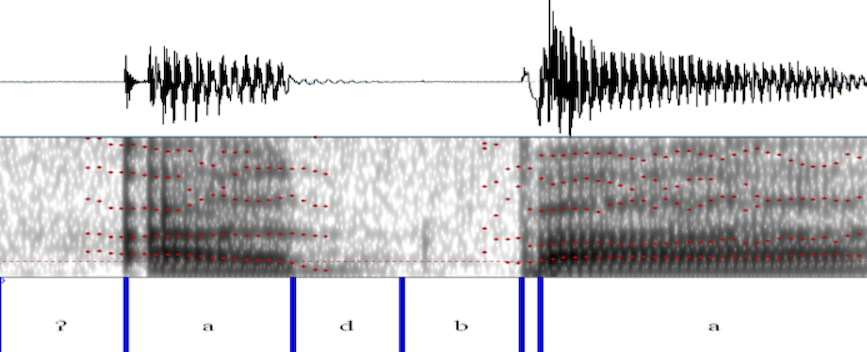
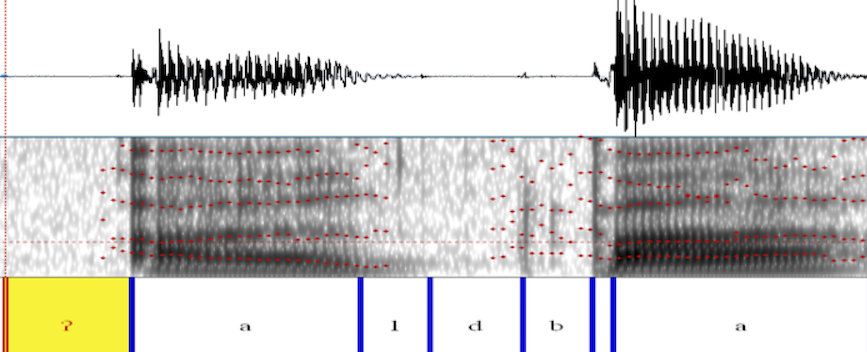
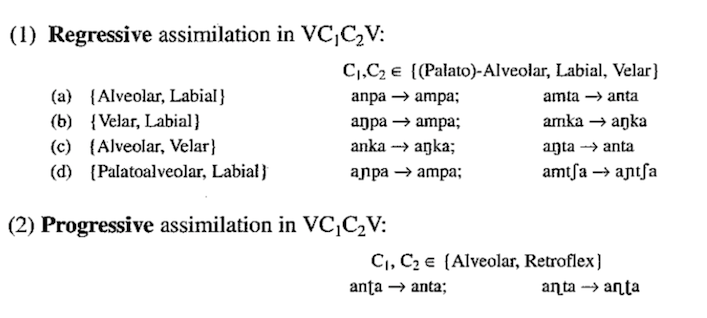
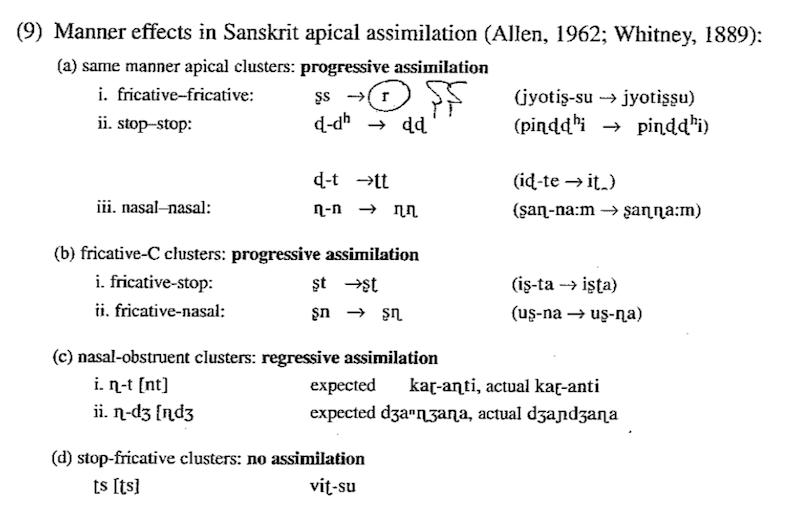
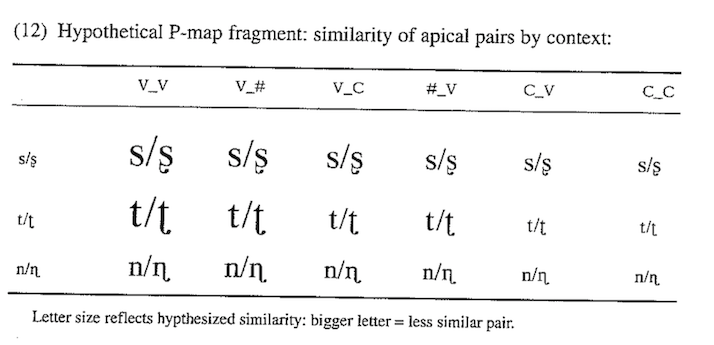
| I→O | faith. violated | perceptual comparison | distance (fake values) |
|---|---|---|---|
| /an+pa/ → [ampa] | Ident(place): [+nas]/ __ C | (nas/__C, diff-place-nas/__C) | 6 |
| /an+pa/ → [anta] | Ident(place): [–son]/ __ V | (obstr/__V, diff-place-obstr/__V) | 8 |
| /an+pa/ → [apa] | Max-C/__C | (C/__C, Ø/__C) | 9 |
| /an+pa/ → [ana] | Max-C/__V | (C/__V, Ø/__V) | 10 |
| /an+pa/ | Agree(place) | Max–C/__V | Max–C/__C | Ident(place): [–son]/ __ V | Ident(place): [+nas]/ __ C |
|---|---|---|---|---|---|
| a [anpa] | ✳︎! | ||||
| b [ampa] | ✳︎! | ||||
| c [anta] | ✳︎! | ||||
| d [ana] | ✳︎! | ||||
| e [apa] | ✳︎! |
USC PhD candidate Hayeun Jang has a phonetic story for parts (but not all!) of the weirdness. See her recent talk at the ASA. ↩